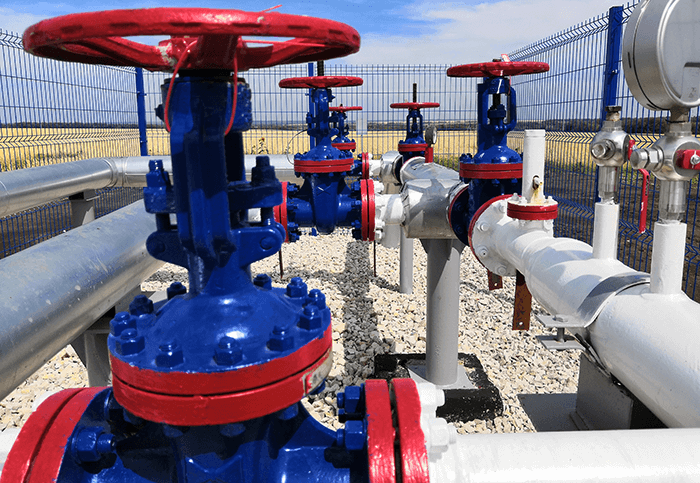The global pump and valve industries have been riding a recent roller-coaster of swings over the past five years. Trade wars and protectionism are currently driving incremental challenges, making life difficult for smaller, less flexible companies to succeed on a global scale.

When life was simple, customers made purchasing decisions on product technology with high quality, along with recognition that they could rely on local expertise for support over the life cycle of the product. Major pump and valve production factories were subsidized by a hub-and-spoke model of support from decades of expansion of service shops and aftermarket centers into remote regions. These shops were set up to provide rapid response product, along with local customer application support for peace of mind. Having a recognized product and brand carried weight, but combining this with a local footprint into the hotbed industrial areas of the world for service and support was a winning combination.
As more and more competitors built on this strategy over the years, and customers’ options expanded, the mark for success was also pushed to include an expanded range of products with an expectation for lower prices. Demand for lowest cost factories pushed pump and valve suppliers to expand into countries with best labor rates. India, China, Mexico and Eastern Europe were all thriving with expansion as the market volume increased in parallel to a push for lower prices of the commoditized products. Supplier capacity was increased, and overall costs were lowered all while the expertise and knowledge was stretched over a wider global range to support the business. Keeping up with this trend became the standard in today’s marketplace.
